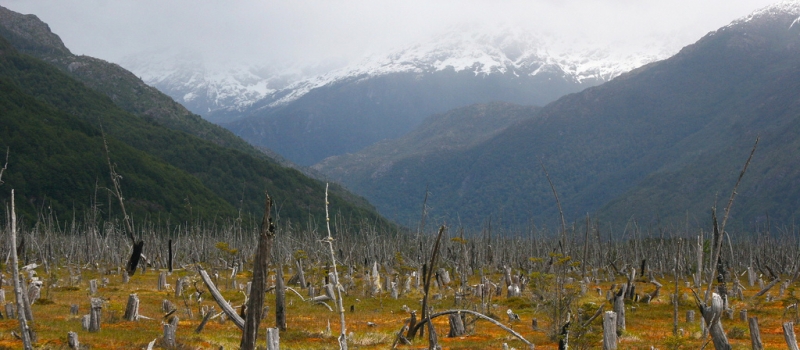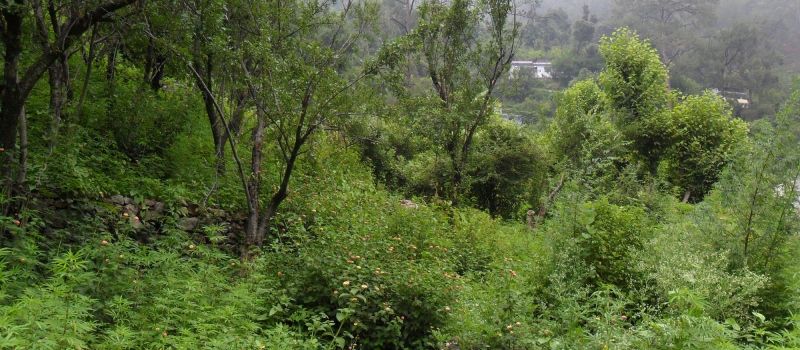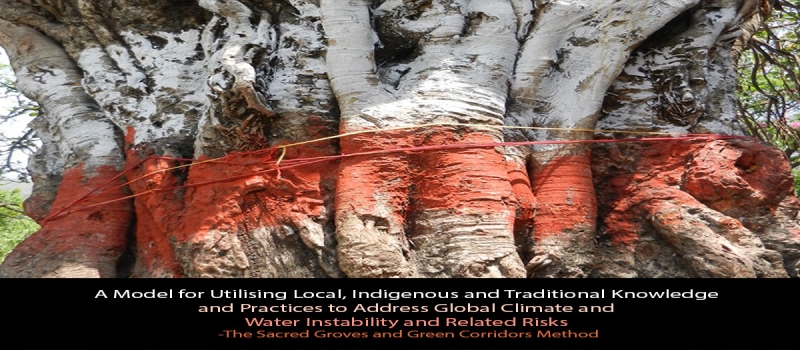
Restoring biodiversity throughout mountain regions worldwide is essential for safeguarding the global water cycle. This is because they have been an indispensable part of this cycle for millions of years. However the task requires careful planning and management.
Many of these regions have been seriously degraded and weather conditions in mountain regions are generally extreme. These combined conditions make it too harsh to just directly plant sapling trees. In addition soil conditions have become extremely deteriorated and need remedying imminently.
Because of this urgency, it is important to look beyond purely man-made solutions, to some of the ingenious ways that native mountain plants have adapted and spread so successfully. From this observation, it becomes clear that around the world, plants have been able to survive and prosper, in the varied conditions, because they formed symbiotic relationships with other plant and animal species.
Therefore understanding the properties of the individual plants and the dynamics of companion planting is invaluable.
There are certain plants, which are excellent pioneer plants. They can be grown in harsh conditions (e.g. poor soil, exposure to the extreme elements, water scarcity, pollution etc.) and they are able to establish quickly, making the land more hospitable and temperate, thus providing the necessary conditions for the rest of the native biodiversity to thrive. Certain combinations of native pioneer plants can be particularly effective in supporting the needs of both biodiversity and local communities while at the same time creating a living green bandage for restoring degraded land.There are certain innovative techniques that humanity has evolved regarding irrigation and terracing that are also very useful in aiding plants to grow on the steep slopes within mountain regions.

Because of the urgency of the global water cycle situation and the need for the fast regeneration of mountain regions, it is important to include utilising pioneer plants and companion planting within mountain region horticultural schemes and all mountain biodiversity restoration, conservation initiatives.
Pioneer plants create the conditions for mixed native mountain forests to grow. Effective pioneer plant combinations need to have certain important properties. These are:
- They are native to the given area.
- They can thrive in varied extreme climatic conditions.
- They can grow within scanty and poor soil and water conditions.
- They are fast growing.
- They have a strong, fast growing, root structure.
- They are none invasive and supportive of other plants and trees.
- They help retain water and hold soil, so preventing erosion.
- They help fix nitrogen
- They are fairly tall so that their leaves form a protective canopy for the more tender saplings.
- They make large quantities of valuable biomass.
We have created a plan of implementation for mountain ecosystem regeneration. It has been formulated combining several very successful modern and traditional methods of conservation. These include: green corridors, greenbelts, sacred groves, permaculture and companion planting. This combination will hopefully cover the diverse environmental requirements as well as social requirements and support the needs of mountain communities. It is also intended to be applicable for the varying conditions found in mountain regions around the world.
Here is a report that we created at the request of the UNFCCC in 2016, which covers the key points of this plan for implementation:
Time is of the essence; we need to preserve the natural world for present and future generations. Working with nature may be the key to success.
Many plants have developed amazing capacities for survival, adaptation and restoration and we can work with these to restore biodiversity and ecosystems. There is a lot to be learned from looking closely at the fine, self regulating balance that exists within ecosystems. Gaining more appreciation of the complex, interconnected dynamics, which maintain so many of the essential systems of Earth is very valuable. Because for us to be able to live in a sustainable manner and make informed decisions, we need to have some understanding about how they work. Not understanding this or recognising how they effect every part of our lives, has led to the depletion of so many essential species and ecosystems. The example of how wolves changed the rivers in the Yellow Stone National Park, USA is a clear example of these interconnected natural dynamics. It is well worth watching.

